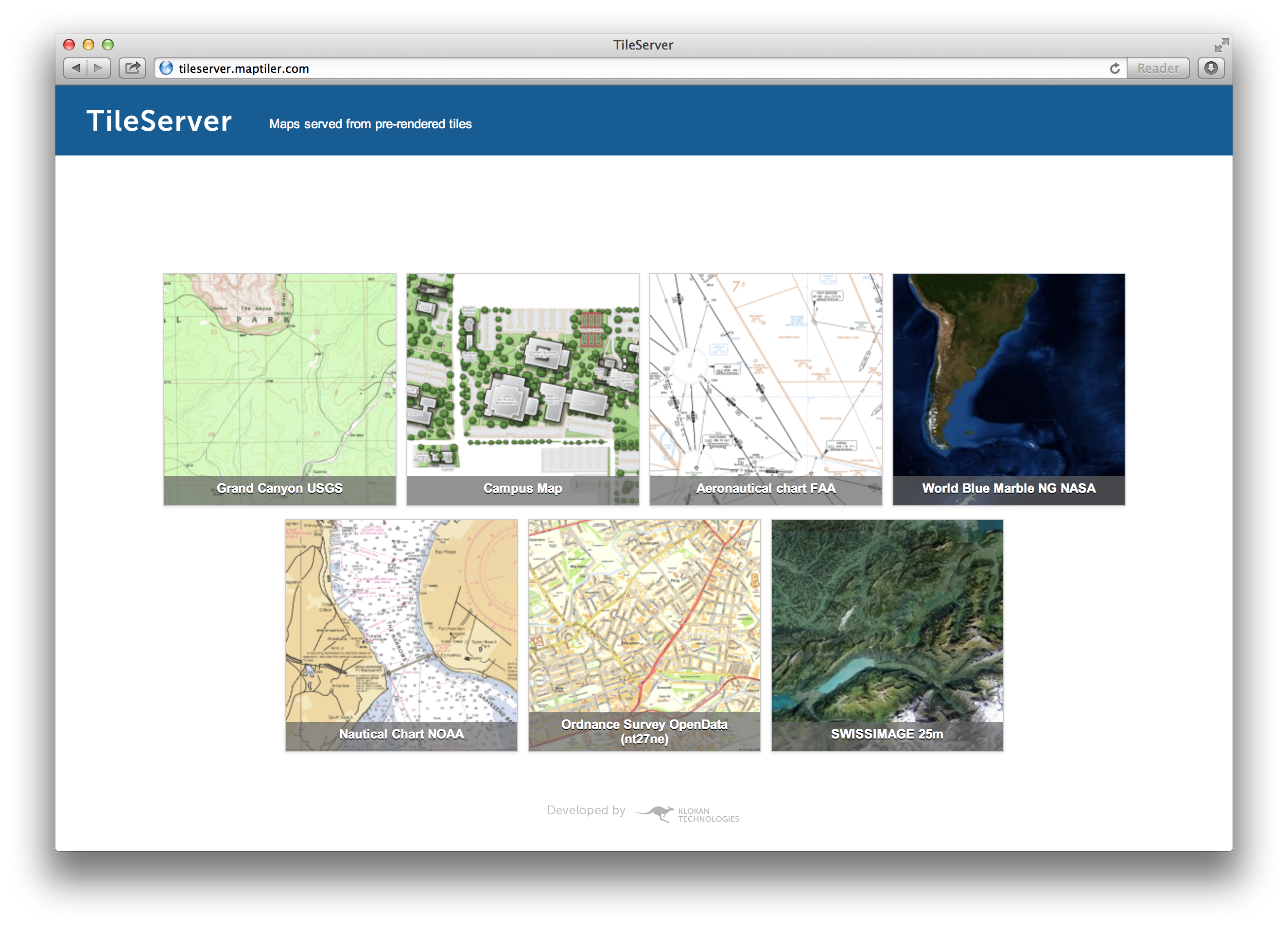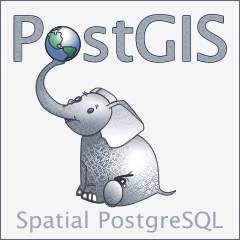- Powerful geospatial add-on now compatible with Adobe Photoshop Creative Cloud™ -
Toronto, ON, July 8 - Avenza Systems Inc., producers of MAPublisher® cartographic software for Adobe Illustrator® and the popular PDF Maps mobile app, is pleased to announce the release of Geographic Imager 4.3 for Adobe Photoshop®. This latest update includes new features and is fully compatible with the recently released Adobe Photoshop Creative Cloud. New to Geographic Imager is the ability to save and quick save to the USGS DEM format. In addition, this ability extends to the Tile feature to allow creation of USGS DEM image tiles. A number of enhancements have also been made to the Geographic Imager panel tabs, including extended statistics available for DEMs and the ability to copy tab information values to the clipboard. This release continues the availability of the Geographic Imager Basic license, which provides support for the geospatial framework in Adobe Photoshop as well as limited import and export abilities at an introductory price level.
“We've been working hard on this release of Geographic Imager to closely follow the major update to Adobe Creative Cloud,” said Ted Florence, President of Avenza. “While the new Creative Cloud promises new productivity and features to streamline workflows, we're also happy that Geographic Imager still proves to be a viable solution for geospatial professionals that need a solid geospatial image editing platform,“ he added. “We're excited to see how we can further expand within the new Creative Cloud platform.”
Additional Geographic Imager 4.3 features
-
Adobe Photoshop Creative Cloud compatible (32-bit and 64-bit)
-
Export to USGS DEM format
-
Tile DEM images to USGS DEM and grayscale GeoTIFF formats
-
Panel improvements, including new DEM statistics and ability to copy tab values to clipboard
-
Various bug fixes and user experience enhancements.
More about Geographic Imager for Adobe Photoshop
Geographic Imager is software for Adobe Photoshop that leverages the superior image editing capabilities of raster-based image editing software and transforms it into a powerful geospatial imagery editing tool. Work with satellite imagery, aerial photography, orthophotos, and DEMs in GeoTIFF and other major GIS image formats using Adobe Photoshop features such as transparencies, filters, and image adjustments while maintaining georeferencing and support for hundreds of coordinate systems and projections.
Geographic Imager 4.3 is immediately available and free of charge to all Geographic Imager Maintenance Program members and at US$319 for non-maintenance upgrades. New fixed licenses start at US$699. Geographic Imager Basic licenses start at US$199. Academic and volume license pricing are also available. Geographic Imager 4.3 is compatible with Adobe Photoshop CS5, CS5.1, CS6 and CC.
More about Avenza Systems Inc.
Avenza Systems Inc. is an award-winning, privately held corporation that provides cartographers and GIS professionals with powerful software tools for making better maps and for working with spatial imagery. In addition to software offerings for Mac, Windows and Apple mobile device users, Avenza offers value-added data sets, product training and consulting services.
Read More »





